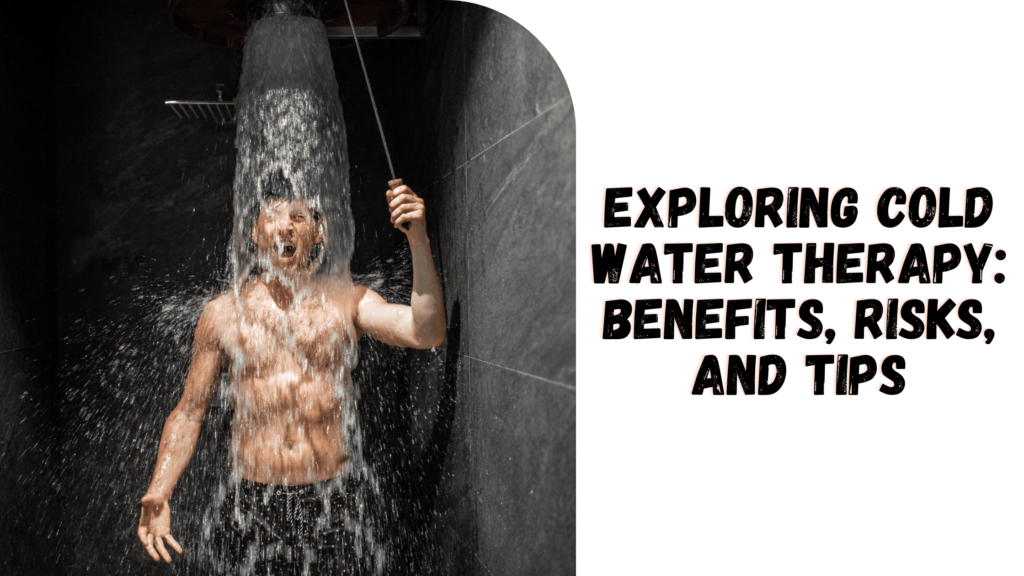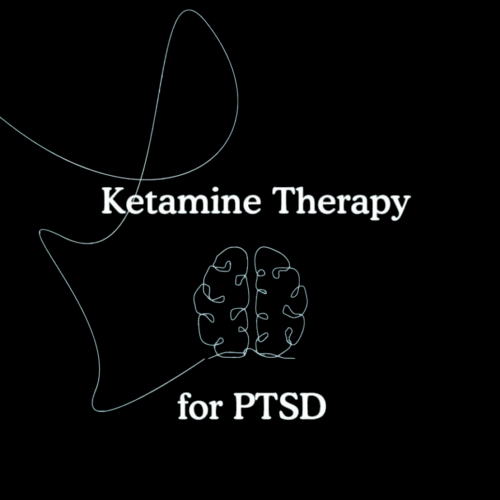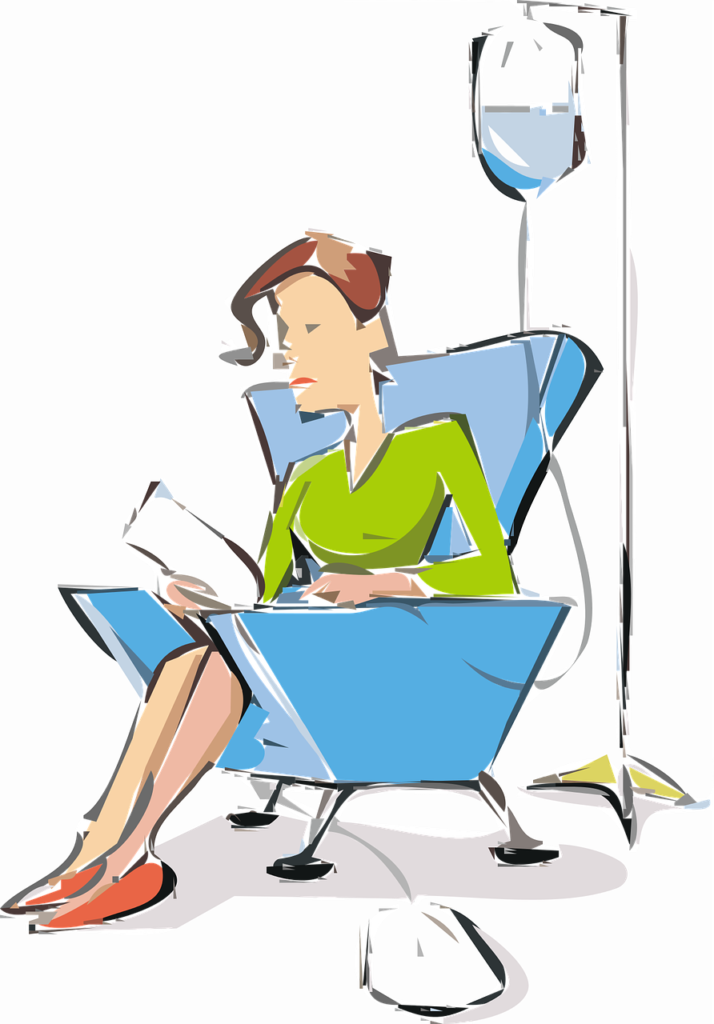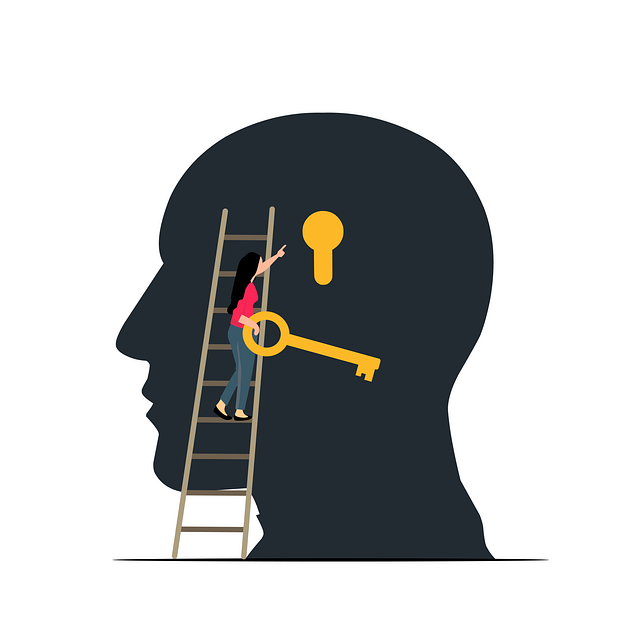Introduction
In recent years, cold water therapy has become one of the most talked-about wellness trends. From professional athletes stepping into ice baths to everyday people challenging themselves with cold showers, the practice has gained popularity worldwide. What was once a recovery technique used mostly in sports medicine is now embraced for its potential benefits to both body and mind.

Cold water therapy is more than a fad—it taps into the body’s natural response to cold exposure. By deliberately immersing yourself in cold water through ice baths, cold plunges, or simple cold showers, you stimulate powerful physical and psychological reactions. For many, this leads to better mood, improved focus, enhanced recovery, and even a greater sense of resilience.
But like any practice, cold water therapy comes with questions and concerns. How does it actually work? What happens if you try it for a month straight? Are there risks involved? And perhaps most importantly—who should avoid it altogether?
This article explores everything you need to know about cold water therapy, including how it works, its potential benefits, disadvantages, and safe ways to incorporate it into your life.
How Does Cold Water Therapy Work?
When the body is exposed to cold water, a series of biological reactions occur:
- Vasoconstriction – Blood vessels narrow, redirecting blood flow toward vital organs to preserve core temperature.
- Activation of the sympathetic nervous system – This “fight or flight” response increases alertness, heart rate, and the release of stress hormones like norepinephrine.
- Endorphin release – Cold exposure can trigger a natural rush of endorphins, leading to improved mood and reduced perception of pain.
- Inflammation reduction – Cooling the body helps reduce swelling and inflammation in muscles and joints, which is why athletes have long used ice baths for recovery.
Over time, regular cold exposure may train the body to handle stress more efficiently. It conditions the nervous system, enhances circulation, and promotes mental discipline.
Is Cold Water Therapy Really Good for You?
The appeal of cold water therapy lies in its wide range of reported benefits. While individual experiences vary, common advantages include:
Physical Benefits
- Reduced muscle soreness – Athletes often use cold therapy after workouts to speed up recovery.
- Improved circulation – Alternating between cold and warm water can stimulate healthy blood flow.
- Stronger immune response – Some research suggests cold exposure may support immune system function.
- Skin and hair health – Cold water can tighten pores and add shine to hair by closing cuticles.
Mental Benefits
- Mood enhancement – Cold exposure stimulates neurotransmitters that improve mood.
- Stress resilience – By challenging the nervous system, regular practice builds tolerance to stress.
- Greater focus and energy – Many report feeling more awake and alert after a cold shower.
Together, these effects show why cold water therapy has become a cornerstone of modern wellness routines.
Mental Benefits of Cold Water Therapy
Beyond physical recovery, one of the most powerful draws of cold water therapy is its impact on mental well-being.

- Boosts neurotransmitters – Exposure to cold increases norepinephrine, which is linked to alertness and improved mood.
- Reduces stress – Cold therapy lowers cortisol levels and trains the body to adapt to stressful conditions.
- Improves resilience – Consistently stepping into cold water builds mental toughness and discipline.
- Supports mental clarity – Many describe a “reset” effect, with thoughts becoming clearer and sharper after a cold shower or plunge.
For people struggling with fatigue, burnout, or daily stress, these mental benefits can feel just as valuable as the physical ones.
What Happens After 30 Days of Cold Showers?
A common challenge is to commit to 30 days of daily cold showers. What can you expect after such a routine?
- Week 1: Initial shock and discomfort. The body reacts strongly to cold, and it may feel overwhelming at first.
- Week 2: Adaptation begins. Breathing becomes steadier, and the shock response lessens. Many report feeling energized afterward.
- Week 3: Mental resilience increases. Cold showers no longer feel impossible, and the sense of accomplishment boosts confidence.
- Week 4: Lasting effects set in. Improved mood, greater tolerance for stress, and better focus are often reported.
While experiences differ, most people find that after 30 days, cold showers become more manageable, and the benefits extend beyond the bathroom.
Cold Showers, Weight Loss, and Fat Burning
A common claim is that cold showers burn fat. The truth lies in the body’s unique fat cells.
Cold exposure activates brown adipose tissue (BAT), also known as brown fat. Unlike regular white fat, brown fat burns calories to generate heat. This process, called thermogenesis, can increase calorie expenditure.
However, the effect is modest. Cold showers alone are unlikely to cause significant weight loss, but when combined with exercise and healthy nutrition, they may provide a small boost to fat burning and metabolism.
How Long and How Often Should You Do Cold Water Therapy?
The optimal duration depends on the method:
- Cold showers – Start with 30 seconds and gradually work up to 2–5 minutes.
- Ice baths or cold plunges – Typically 5–10 minutes, depending on water temperature.
- Frequency – Beginners may start 2–3 times per week, while experienced individuals practice daily.
What is the Best Time to Take a Cold Shower?
- Morning: Boosts alertness, energy, and mood for the day.
- Post-workout: Helps reduce inflammation and muscle soreness.
- Evening: Not ideal for everyone, as it can increase alertness and interfere with sleep.
Listening to your body is essential. The best routine is one that feels safe, sustainable, and beneficial for you.
Risks and Disadvantages of Cold Water Therapy
While cold water therapy offers many benefits, it is not risk-free.
Who Should Avoid Cold Water Therapy?
- Individuals with heart conditions or uncontrolled high blood pressure.
- People with respiratory problems triggered by sudden temperature changes.
- Those with Raynaud’s disease, where cold exposure can restrict blood flow severely.
Disadvantages of Cold Showers
- Initial discomfort – Many find the shock unpleasant and hard to sustain.
- Potential sleep disruption – Cold showers before bed may increase alertness and delay sleep.
- Not a cure-all – Cold therapy should complement, not replace, medical treatment or healthy lifestyle practices.
Risks of Cold Therapy
- Overexposure can cause hypothermia or frostbite if water is too cold or immersion is too long.
- Sudden cold exposure may trigger dangerous spikes in heart rate for vulnerable individuals.
Safe Temperature Guidelines
Most experts recommend water between 50°F–59°F (10°C–15°C) for cold therapy. This range is effective while minimizing risk.
Practical Tips for Beginners
Starting cold water therapy doesn’t mean you have to jump into an ice bath right away. Here are safe ways to ease in:
- Begin with short cold showers at the end of a warm shower.
- Use the contrast method: alternate between hot and cold water.
- Focus on steady breathing to stay calm during exposure.
- Gradually lower the temperature over time rather than shocking the system all at once.
- Track your progress and celebrate small wins—it gets easier with consistency.
Conclusion
Cold water therapy is a powerful practice with both physical and mental benefits. From reducing inflammation and boosting recovery to improving mood and resilience, its effects can be far-reaching. However, it’s not suitable for everyone, and practicing safely is key.
For those who can tolerate it, regular cold exposure can become a rewarding habit. Whether through daily cold showers or occasional ice baths, the practice challenges both body and mind, leaving many people feeling stronger, clearer, and more energized.
Ultimately, the value of cold water therapy lies not only in the science but also in the experience—the discipline of stepping into discomfort and emerging with a renewed sense of vitality.



